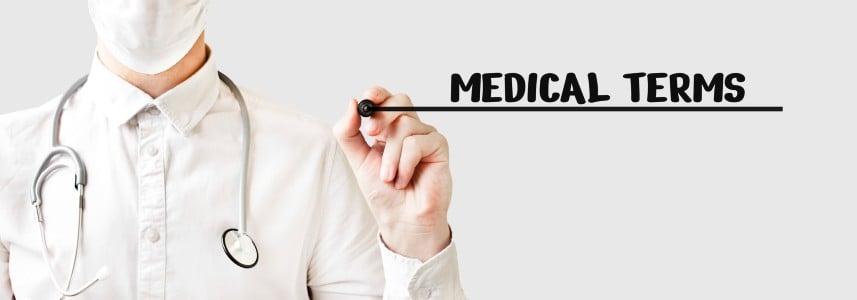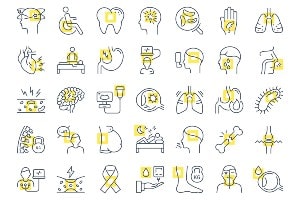About Seizure Test (EEG - Electroencephalogram)

Learn about the disease, illness and/or condition Seizure Test (EEG - Electroencephalogram) including: symptoms, causes, treatments, contraindications and conditions at ClusterMed.info.
Seizure Test (EEG - Electroencephalogram)

| Seizure Test (EEG - Electroencephalogram) |
|---|
Seizure Test (EEG - Electroencephalogram) InformationEEG IntroductionAn EEG, or electroencephalogram, is a test that can help diagnose epilepsy. During an EEG, the electrical signals of the brain are recorded. This electrical activity is detected by electrodes, or sensors, placed on the patient's scalp and transmitted to a polygraph that records the activity. Electrical signals produced by the brain neurons are picked up by the electrodes and transmitted to a polygraph, where they produce separate graphs on moving paper using an ink writing pen or on a computer screen. How Do I Prepare For an EEG?To prepare for your EEG you should: Discuss any medications you are taking with your doctor prior to your procedure. Wash your hair the night before the test. Do not use hair cream, oils, or spray afterward. What Happens After an EEG?When the EEG is done, the electrodes are removed and the glue that held them in place is washed away with acetone. You may have to use additional acetone at home to completely remove the glue. Unless you are actively having seizures or are restricted by your doctor, you may drive home. If the EEG was performed overnight, you should arrange to have someone drive you home. If you stopped taking anticonvulsant drugs for the EEG, you can usually start taking them again. A neurologist examines the EEG recording for abnormalities in the brain-wave pattern, which may reflect diseases of the nervous system. WebMD Medical Reference What Happens During the EEG?During an EEG, you lie down on the examining table or bed while about 20 electrodes are attached to your scalp. You are asked to relax and lie first with your eyes open, then later with them closed. You may be asked to breathe deeply and rapidly or to stare at a flashing light -- both of these activities produce changes in the brain-wave patterns. If you are prone to seizures, it is rare that you may experience one during the test. If you are being evaluated for a sleep disorder, EEG may be performed continuously during the night while you are asleep. Such a recording, which may involve an evaluation of other body functions during sleep, such as respiration and pulse, is referred to as polysomnography. |
More Diseases
A | B | C | D | E | F | G | H | I | J | K | L | M | N | O | P | Q | R | S | T | U | V | W | X | Y | Z
Diseases & Illnesses Definitions Of The Day
- Eating, Emotional (Emotional Eating) ‐ Emotional eating facts, How do health care providers diagnose emotional eating? …
- OTC Drugs for Constipation (Laxatives For Constipation) ‐ Are laxatives safe to take during pregnancy or while breastfeeding? …
- Hyopgonadism, Primary (Low Testosterone (Low T)) ‐ How do you know if you have low testosterone (Low-T)?, Should I take testosterone? …
- Poisoning, Ciguatera (Ciguatera Poisoning) ‐ What are the symptoms of ciguatera poisoning?, What is ciguatera poisoning? …
- Head and Neck Cancer ‐ Head and neck cancer facts*, How are head and neck cancers diagnosed? …
- XXY Males (Klinefelter Syndrome) ‐ Klinefelter syndrome facts*, Language development, Physical development …
- Devic's Syndrome ‐ How is neuromyelitis optica diagnosed?, Neuromyelitis optica facts* …
- Myocarditis ‐ How is myocarditis diagnosed?, What are symptoms of myocarditis? …
- Cancer of the Testis (Testicular Cancer) ‐ After testicular cancer has been diagnosed, tests are done to find out if cancer cells have spread within the testicles or to other parts of the body. …
- Chronic Rhinitis ‐ Chronic rhinitis and post-nasal drip definition and facts, Does salt water or nasal irrigation have any role in the treatment of rhinitis and post-nasal drip? …